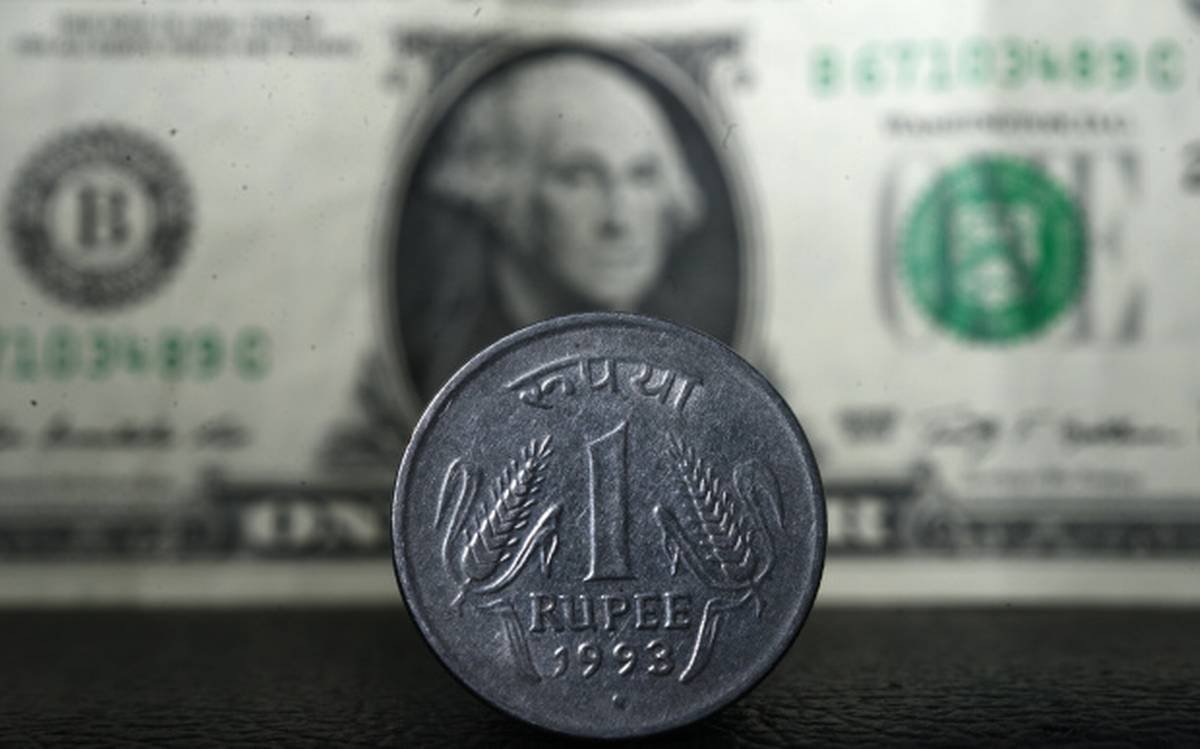April 24, 2023
New Delhi, India
Currency Market Analysis
USD/INR
The last traded price of USDINR was 83.26. The trading range was between 83.4-83.26.
Analysis: The Indian Rupee (INR) saw slight gains against the US Dollar (USD) supported by a drop in oil prices and potential dollar inflows. The trading range of 80.12-85.1 indicates some volatility in the market. Federal Reserve policymaker Goolsbee’s indication of a longer timeline for interest rate cuts due to stalled progress on inflation may have influenced market sentiment. However, India’s forex reserves contracting by $5.4 billion as of April 12 suggests potential challenges for the Rupee’s stability.
EUR/INR
The last traded price of EURINR was 89.17. The trading range was between88.62-89.17.
Analysis: The Euro (EUR) remained relatively stable against the Indian Rupee (INR) as investors awaited flash PMI figures from Europe’s largest economies. Concerns about declining Eurozone inflation and the possibility of ECB interest rate cuts if price growth criteria are met may have tempered the Euro’s performance. Despite the confirmation of the consumer price inflation rate in the Euro Area at 2.4% year-on-year in March, the Euro struggled to make significant gains against the Rupee.
GBP/INR:
The last traded price of GBPINR was 103.75. The trading range was between 102.2-103.92.
Analysis: The British Pound (GBP) depreciated against the Indian Rupee (INR) influenced by geopolitical risks and statements from major central banks. Comments from Bank of England’s Deputy Governor regarding inflation risks failed to support the Sterling, which hit new lows. Mixed economic data from the UK, including stagnant retail sales in March and modest annual growth, added to the downward pressure on the Pound against the Rupee.
JPY/INR:
The last traded price of JPYINR was 53.77. The trading range was between 53.76-54.08.
Analysis: The Japanese Yen (JPY) weakened against the Indian Rupee (INR) amid uncertainties surrounding the Bank of Japan’s (BOJ) policy outlook. BOJ’s Ueda indicating a likely hike in rates if inflation continues to rise contrasts with the annual inflation rate in Japan ticking lower to 2.7% in March 2024 from February’s peak. This divergence in policy signals and economic indicators may have contributed to the Yen’s decline against the Rupee.
Disclaimer:
CurrencyVeda provides this news article for informational purposes only. We do not offer investment advice or recommendations. Before making any investment decisions, please conduct thorough research, consult with financial experts, and carefully consider your financial situation, risk tolerance, and investment goals. Investing in the stock market carries risks, and it’s essential to make informed choices based on your individual circumstances. CurrencyVeda is not liable for any actions taken based on the information provided in this article.

